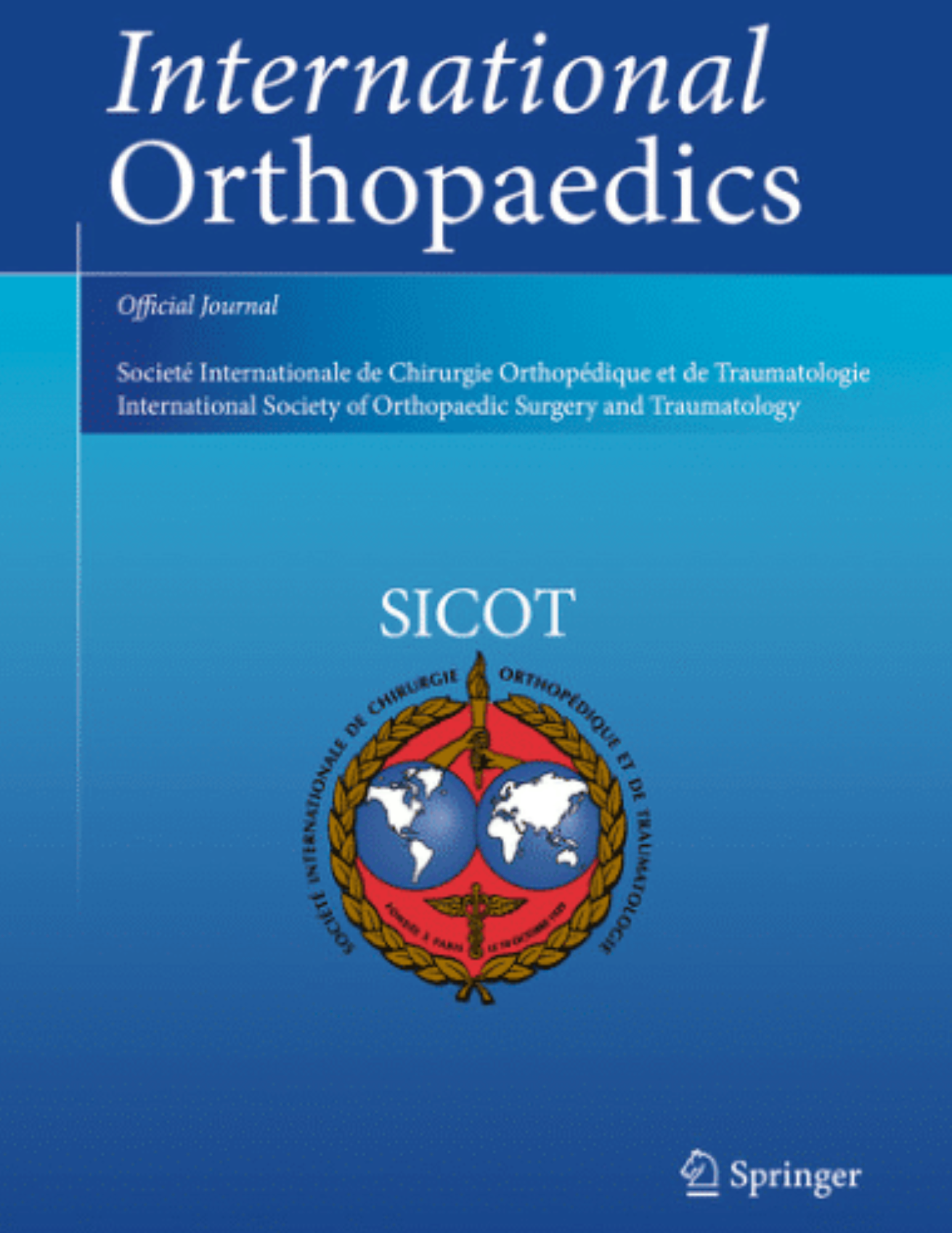
THA tends to improve function and decrease pain compared to HA for femoral neck fractures

THA tends to improve function and decrease pain compared to HA for femoral neck fractures
Total hip arthroplasty versus hemiarthroplasty for displaced femoral neck fractures in the healthy elderly: a meta-analysis and systematic review of randomized trials
Int Orthop. 2012 Aug;36(8):1549-60. Epub 2012 May 24Did you know you're eligible to earn 0.5 CME credits for reading this report? Click Here
Synopsis
This meta-analysis identified 8 randomized trials, comparing the use of total hip arthroplasty (THA) or hemiarthroplasty (HA) for the treatment of displaced femoral neck fractures in the elderly. The primary outcome assessed was the rate of re-operation, with secondary outcomes being mortality and dislocation rate, pain, function and quality of life. Results from the analysis indicated that THA pr...
To view the full content, login to your account,
or start your 30-day FREE Trial today.
FREE TRIAL
LOGIN
Forgot Password?
Explore some of our unlocked ACE Reports below!

Learn about our AI Driven
High Impact Search Feature
Our AI driven High Impact metric calculates the impact an article will have by considering both the publishing journal and the content of the article itself. Built using the latest advances in natural language processing, OE High Impact predicts an article’s future number of citations better than impact factor alone.
Continue



 LOGIN
LOGIN

Join the Conversation
Please Login or Join to leave comments.